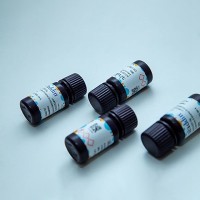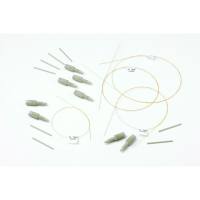Measurement of Aflatoxins Using Capillary Electrophoresis
互联网
402
The aflatoxins are a group of mycotoxins produced by certain Aspergillus
species, in particular Aspergillus flavus
and Aspergillus parasiticus.
The aflatoxins are extremely potent mutagens, are suspected human carcinogens, and can adversely affect animal health and
agricultural productivity. Many countries routinely screen agricultural commodities for the presence of the aflatoxin B1 (AFB1),
the most potent member of the group. In the United States, the Food and Drug Administration has established a guideline level
of 20ng/g (ppb) total aflatoxins in food destined for human consumption (1
). For breeding cattle, breeding swine, and mature poultry the limit is 100 ppb. For finishing swine and finishing beef cattle
the limits are 200 and 300 ppb, respectively. Because of the importance of this group of mycotoxins to human and animal health,
all of the common tools of analytical chemistry, including thin-layer chromatography (TLC), high-performance liquid chromatography
(HPLC), gas chromatography (GC), mass spectrometry, immunoassay, biosensors, and capillary electrophoresis, have been used
for their detection. The literature dealing with chromatographic methods for the mycotoxins is extensive and several excellent
reviews have been published (2
–6
).









